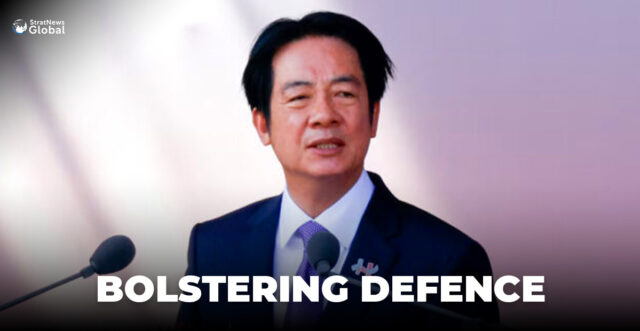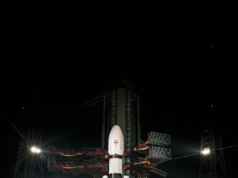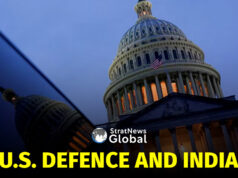Taiwan’s defence minister on Monday said the upcoming “T-Dome” air defence system will enhance strike efficiency through a more integrated and responsive “sensor-to-shooter” mechanism, with a detailed spending proposal expected in a special year-end budget.
Taiwan President Lai Ching-te unveiled the multi-layered air defence system he called “T-Dome” on Friday, part of government plans to modernise the military to better deter China, which views the island as its own territory and has ramped up military and political pressure.
Speaking to reporters at parliament in Taipei, Defence Minister Wellington Koo said Lai’s proposal referred to the “sensor-to-shooter” concept, to integrate systems for a faster, more effective response to enemy targets.
“If you do achieve integration, the probability of successful interception naturally increases and you can conduct firepower coordination with greater efficiency and better resource allocation,” he said.
Trying To Achieve Efficient Interception
“Sensor-to-shooter” is something the US military has been focusing on, including with the Combined Joint All-Domain Command and Control concept to connect sensors and shooters into one single system.
Taiwan’s existing surface-to-air defence systems are centred around the US-built Patriot and Taiwan-made Sky Bow missiles, as well as Stinger missiles for low-level intercepts. Taiwan is developing the Chiang-Kong missile for high-altitude interception too.
“If we don’t integrate anti-missile, anti-air and anti-drone capabilities, we won’t be able to achieve efficient interception. We will prioritise procurement that emphasises mobility and high survivability,” Koo said.
Increase In Defence Spending
A special budget to come by the end of the year will focus on new equipment for the “T-Dome”, he added.
“T-Dome” also fits into Taiwan’s asymmetric approach to warfare, Koo said, to make its forces, which are much smaller than China’s, agile and able to pack a greater and more targeted punch.
Lai, who rejects Beijing’s sovereignty claims, has pledged to increase defence spending to 5% of GDP by 2030.
China has never renounced the use of force to bring Taiwan under its control. While Beijing is developing new weapons like stealth fighters and aircraft carriers, its armed forces are also grappling with an ongoing crackdown on corruption.
(With inputs from Reuters)





